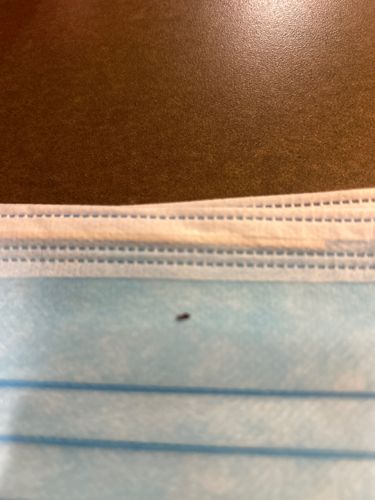Fungus Gnat
Scientific Name: Various genera including Bradysia, Sciara (Sciaridae) or Mycetophila, Exechiopsis (Mycetophilidae). A specific identification to species without microscopic examination is difficult from the image.
Order & Family: Order: Diptera, Family: Sciaridae (dark-winged fungus gnats) or Mycetophilidae (true fungus gnats). Given the small size and common occurrence indoors, Sciaridae is a strong possibility.
Size: 1-5 mm (adults)

Natural Habitat
Moist soil of potted plants, greenhouses, compost piles, and other damp indoor or outdoor environments rich in decaying organic matter or fungi.
Diet & Feeding
Adult fungus gnats typically do not feed or feed minimally on liquids. Their larvae, however, feed on fungi, decaying organic matter, and plant roots, especially fine root hairs.
Behavior Patterns
Fungus gnats are typically attracted to moist environments where fungi and decaying organic matter thrive. They are weak fliers and often seen near potted plants, sinks, or other damp areas. Their entire life cycle, from egg to adult, can be completed in about 18-30 days, leading to rapid population growth under favorable conditions. Larvae develop in moist soil or decaying organic matter.
Risks & Benefits
Risks: Larvae can damage plant roots, particularly in seedlings and young plants, leading to wilting, stunted growth, or even plant death in severe infestations. They are primarily a nuisance pest for humans due to their presence indoors. Benefits: In natural ecosystems, they contribute to decomposition by feeding on fungi and decaying organic matter.
Identified on: 8/24/2025